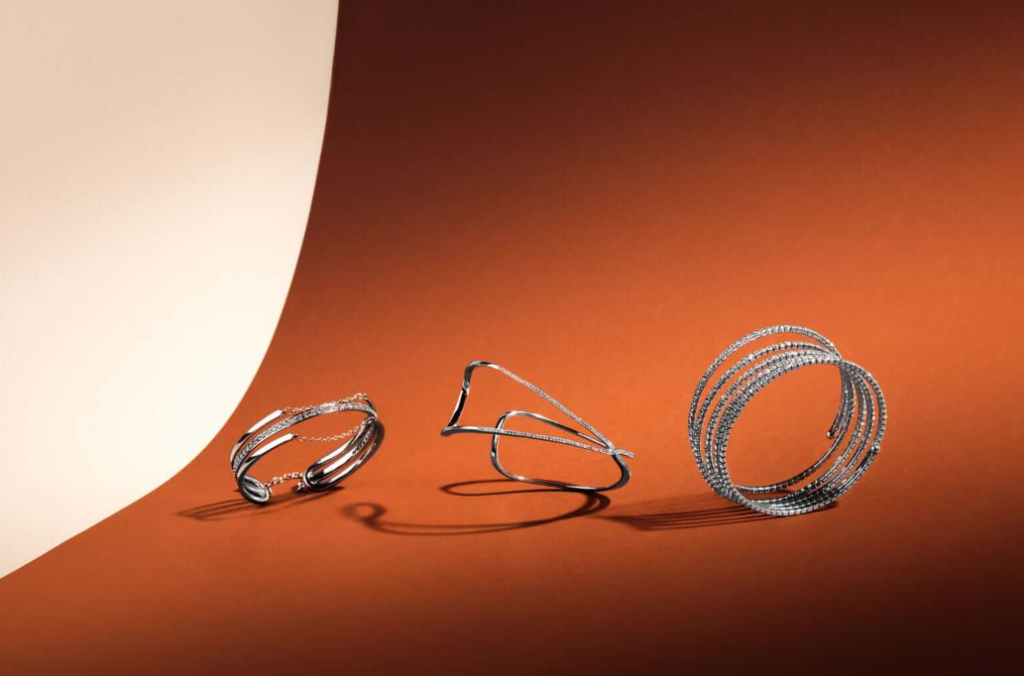Still life photography allows a photographer to create an image almost completely under their control. This includes lighting, mood and composition. Still life photographs reflect the style and creativity of photographers because they directly affect the creation process. This is why photographers who focus on still life end up with an original and creative portfolio. Although the possibilities for still life photography may seem endless, they are worth exploring.
What to Remember When Taking Still Life Photographs
Following are some examples of how to shoot still-life photography.
1. Plan your photo
You won’t find a good photo in still-life photography by pure chance. Take control of your creative process. You will get better results if you have planned your photo shoot. Spend some time brainstorming ideas, and then plan how to execute them. As you read through this list of items, consider how to plan ahead.
The different styles of photography still life will pose unique challenges. In your planning, you should consider these challenges or the ways in which they can be overcome. Jewelry photography, for example requires a way to photograph surfaces that are highly reflective. You can minimize reflections by using light modifiers to reduce the space around the jewelry. When planning a session to capture a still-life, consider the specific challenges of that particular subject.

2. Tripods
You can use them.
3. Composition
You can move the subjects more freely in still-life photos. You can experiment with the composition without your subject getting upset or bored. Imagine yourself as an artist who composes a picture. Certain compositions will be more appealing than others. Try out various proportional relationships between the objects. You should pay particular attention to the white or negative space surrounding your subject. You can improve the composition of your photograph by increasing or decreasing negative space.

4. Lighting
Still life photography is no different. Good lighting is crucial. You can’t really blame poor lighting because you are in control. You should also learn how to optimize the lighting of your environment for still-life photography. When using natural lighting, determine the ideal time to shoot and wait for the conditions to improve. If you’re using flash, consider diffuser the light or using an external light. You can also direct the light using a reflector. Check out the guide to different lighting techniques for still life photography for more info on lighting.

5. Background
Make sure the background is in harmony with the main subject. Think about the way that background looks in focus and out of focus. You might find an interesting background texture, or even one with no texture. You can make your subject pop by using a background that is only one color. Try different backgrounds with the same subject if you can.

6. Outside
You don’t have to stay inside to take still life photos. There are many excellent subjects for still life photography outdoors. For example, you can capture interesting rocks on the beach, or leaves swaying down the river. Outside, you may have a harder time controlling the environment. However, there are many unique backgrounds and subjects.

7. Your inner creativity is waiting to be released
You can create anything you want with still-life photography, as long as the subject is, well, still. Play around with your ideas and what you have in the cupboard! You might be the very first to take a picture of a rubber ducky sitting in a tub filled with watermelons. You can create your own messages. You can do this with your photos.
